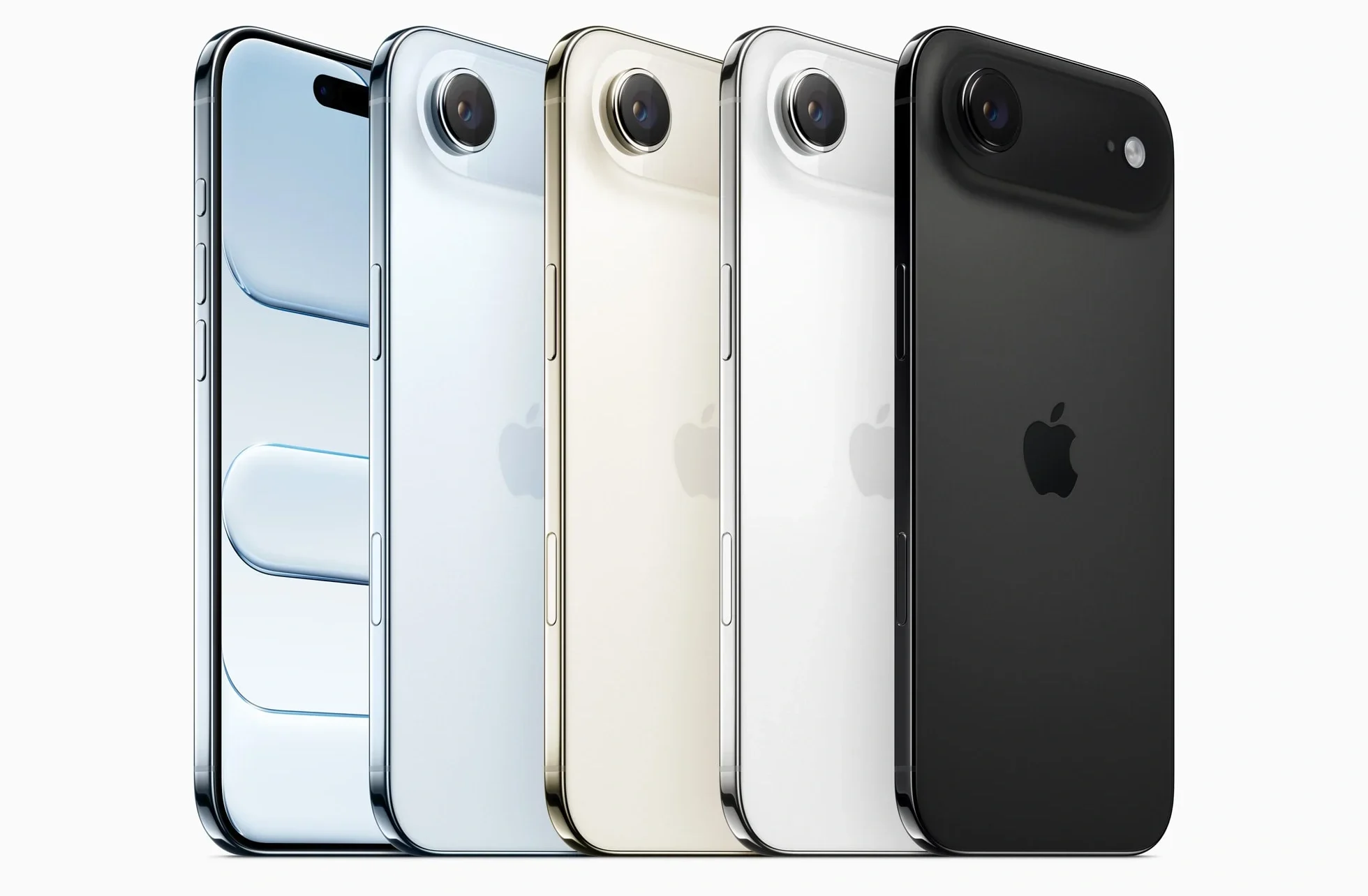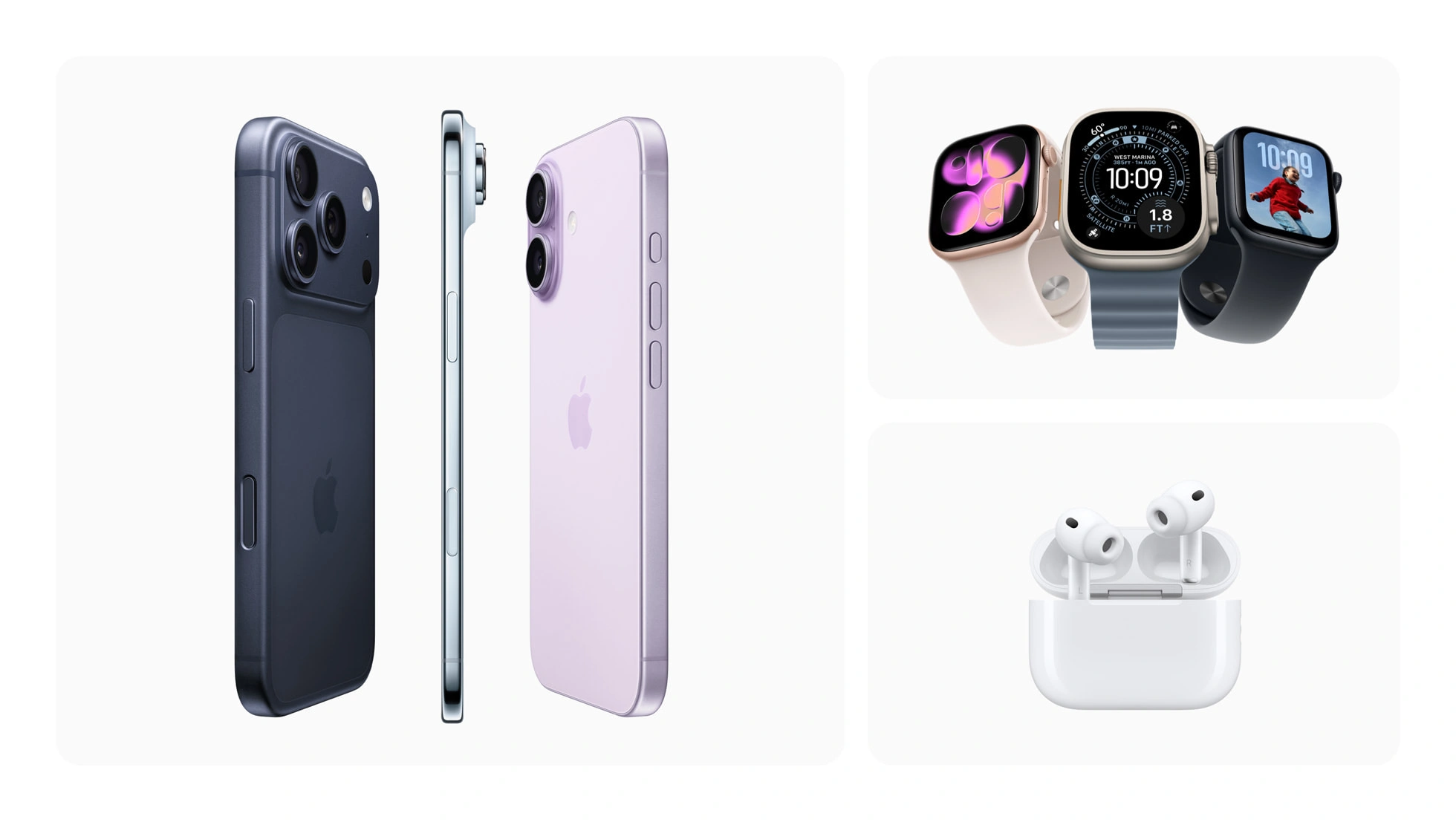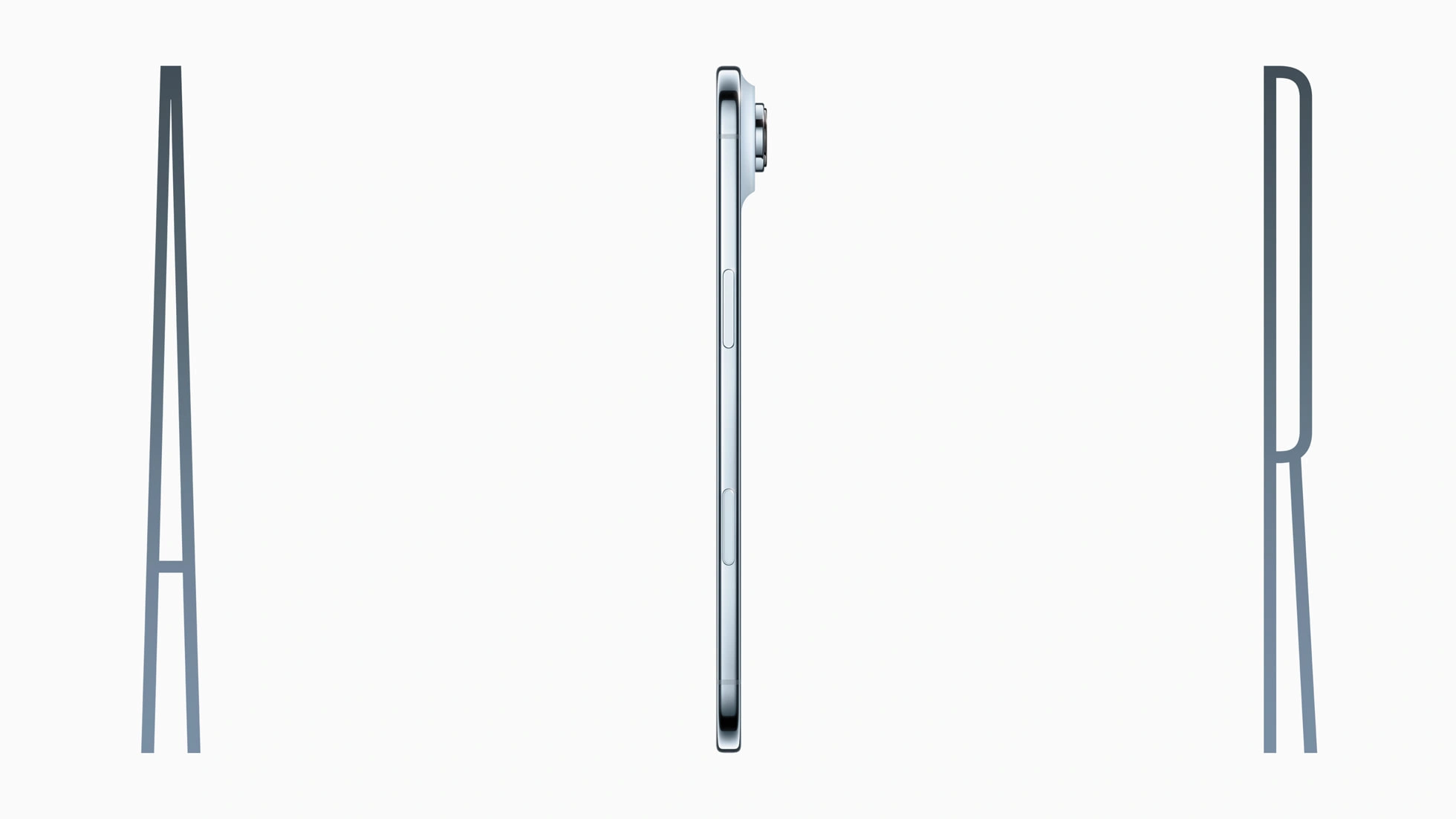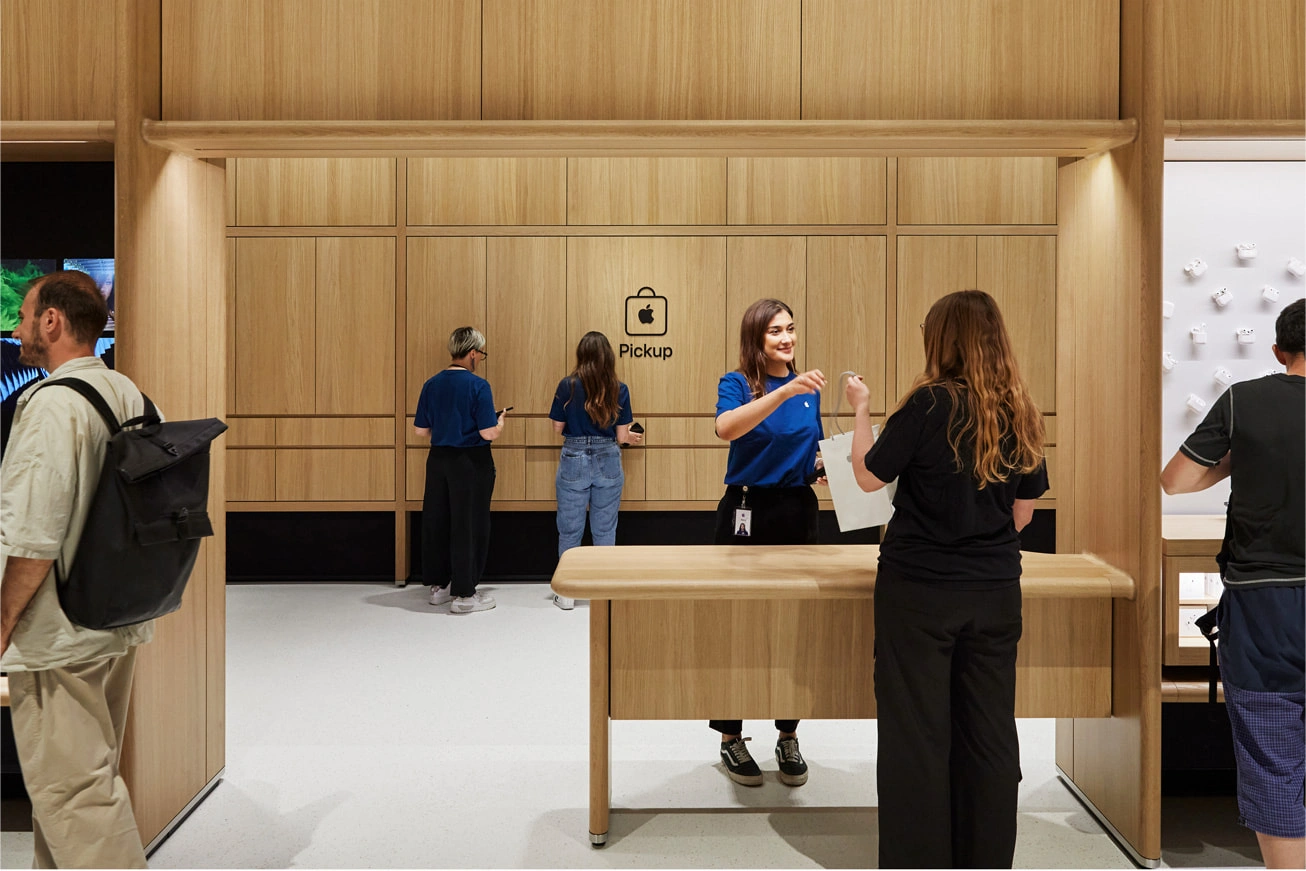Apple’s Slim iPhone Air Balances Design Appeal as Stock Gets Downgraded After iPhone 17 Reveal
By Rizwan Zulfiqar Bhutta

Apple’s latest moves have people talking, and not only because of the polish. Between unveiling the new iPhone lineup, especially the slim iPhone Air, and the lukewarm response from investors after the iPhone 17 reveal, there’s both promise and growing tension in how the company is positioning itself.
What’s new and what looks good
The iPhone Air is Apple’s slimmest phone yet, measuring just 5.6 mm thin. It uses the new A19 Pro chip, tuned for AI workloads, and includes upgraded communications hardware. Apple is leaning heavily into design again, with a titanium frame and ceramic shield glass that emphasize both strength and style. Pricing is more aggressive too, as the Air sits in the mid-tier range and comes in around one hundred dollars cheaper than comparable rivals.

These moves signal that Apple is looking to spark interest through a mix of elegance, refinement, and accessible pricing. For customers who want something that feels new, both visually and physically, the iPhone Air could be a strong pull.
The challenges ahead
There are trade-offs, however. Battery life is raising concerns, since the ultra-thin frame may limit space for power capacity despite Apple’s promise of all-day usage. The Air also comes with a pared-down camera system, offering a single lens compared to the more advanced setups on higher models.
The bigger issue may be Apple’s AI strategy. While the new chip is marketed as AI-ready, the company has yet to demonstrate groundbreaking features to match what competitors are already showcasing. Analysts have voiced disappointment, suggesting that the latest announcements felt more like design polish than true innovation.
The market reaction reflects that skepticism. Apple’s stock was downgraded shortly after the iPhone 17 reveal, as investors questioned whether design refinements without deeper functional leaps are enough to reignite growth. The decision to hold firm on pricing despite rising costs and global tariffs adds to the debate, supporting margins but possibly limiting appeal in more price-sensitive regions.
Strategic implications
The iPhone Air could help drive an upgrade cycle among users who have been holding onto older models, especially with its balance of sleek design and mid-range pricing. If adoption is strong, it may provide Apple a welcome boost during the holiday season.
AI, however, remains the battleground. Having the A19 Pro chip in place is a start, but Apple must deliver compelling, visible features that convince consumers it is not falling behind. Without this, the risk grows that design alone will not be enough to sustain its competitive edge.
Investor sentiment underscores the point. Stock downgrades highlight a lack of excitement around what is being seen as incremental improvements. The global market adds another layer of complexity, as features like eSIM or single-camera setups may play differently depending on regional expectations.

Bottom line
Apple has delivered a stylish and competitive entry with the iPhone Air, combining a bold new design with an attractive price point. It reminds the market that Apple can still create devices that turn heads. Yet questions around battery life, camera trade-offs, and most importantly the company’s ability to lead in AI, leave some uncertainty. The coming quarters will show whether this launch can re-energize growth and satisfy both consumers and investors, or whether it is simply another incremental step in a story that increasingly demands bigger leaps.

